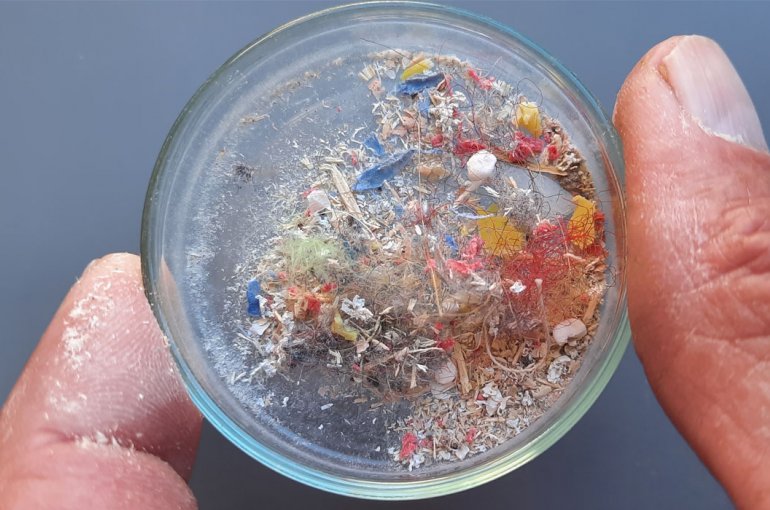Microplastics - Our brain’s on the line
You’ve probably heard about microplastics — those tiny bits of plastic that are smaller than a grain of rice. They’re everywhere: in our oceans, on land, and even in the air. But what’s even more concerning is that they’re now showing up in our bodies, including our brains.
A recent preprint (lead author being Matthew Campen, a regents’ professor of pharmaceutical sciences at the University of New Mexico in Albuquerque) brought some worrying news: human brain tissue collected in 2024 contained nearly 50% more microplastic particles than samples from just eight years ago. While scientists are still figuring out what this means for our health, it’s hard to ignore the reality that plastic pollution is creeping into every corner of our lives.
How Microplastics Are Getting Into Our Bodies
Microplastics are almost impossible to avoid. They’re in the water we drink, the food we eat, and even the air we breathe. Experts say the biggest source of exposure is our diet. Packaged food, bottled water, and plastic-wrapped items often contain microplastic particles. Even car tires, which shed plastic particles onto roads, contribute to the problem.
Once these particles enter our bodies, they don’t just stay in our stomachs. Some make their way into our organs, including the brain. Researchers believe that nanoplastics, which are even smaller than microplastics, can cross the blood-brain barrier. This could be dangerous since these tiny particles can carry harmful chemicals that disrupt our hormones, affect fertility, and even increase the risk of certain cancers.
Why Should We Care?
It’s no secret that we live in a world filled with plastic, but the extent of the damage it’s causing is becoming clearer by the day. Every year, millions of tons of plastic are produced, and a large chunk of it ends up in our oceans or landfills, slowly breaking down into microplastics. These particles don’t just pollute the environment; they eventually make their way into our food and water, impacting human health.
At mPackting, sustainability is more than just a buzzword — it’s part of who we are. That’s why we’ve made it our mission to offer packaging solutions that go beyond being biodegradable or microplastic-free. Our products, like mBlack™, are designed to address the growing concern over plastic pollution while still being practical and beautiful. We believe in creating packaging that doesn’t harm the planet, offering real alternatives through traceless packaging that leaves no toxic residues behind.
What Can You Do?
Reducing your exposure to plastic doesn’t have to be complicated. Here are a few ways you can make a difference:
Choose Traceless Packaging: Opt for products packaged in biodegradable or microplastic-free materials. mPackting’s mBlack™ is a great example of a material that breaks down without leaving harmful particles in the environment.
Cut Down on Single-Use Plastics: Switching to reusable bags, bottles, and containers can go a long way.
Be Conscious of Food Packaging: Whenever possible, choose fresh food that isn’t wrapped in plastic. And avoid heating food in plastic containers, as that can release even more microplastics into your meals.
Support Brands that Care: Seek out companies that prioritize sustainability and eco-friendly design in their packaging.
Moving Forward Without Microplastics
At mPackting, we’re committed to rethinking packaging for a cleaner, healthier world. Our mBlack™ material offers the same functionality as conventional plastics but without contributing to the microplastic crisis. Even better, it can be produced using standard plastic machinery with just a few tweaks, making it easy for companies to switch to more sustainable options without overhauling their production lines.
We believe that packaging shouldn’t just be practical — it should also be responsible. By focusing on eco-design and using materials that break down naturally, we can help reduce plastic pollution and protect the health of both people and the planet.



